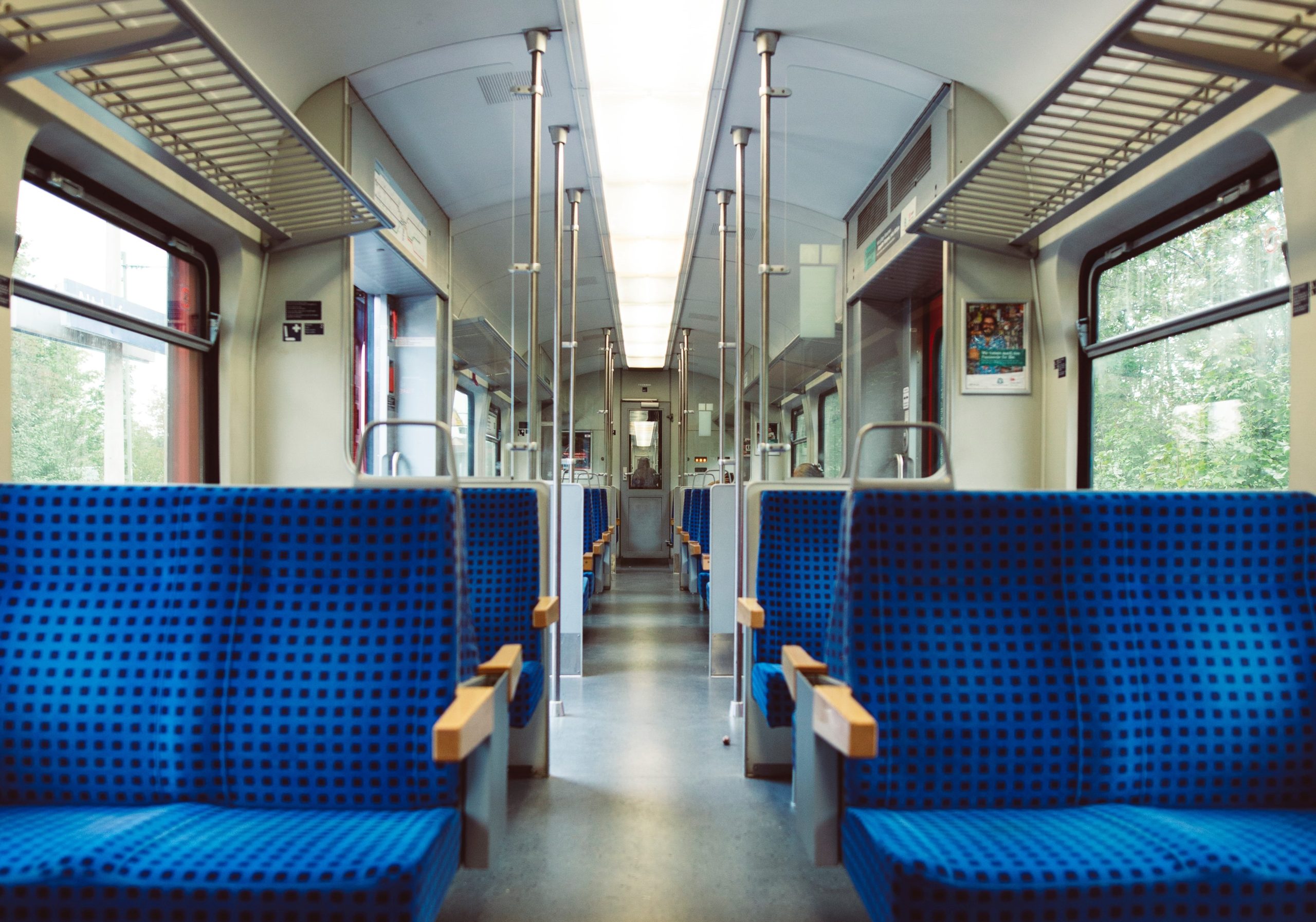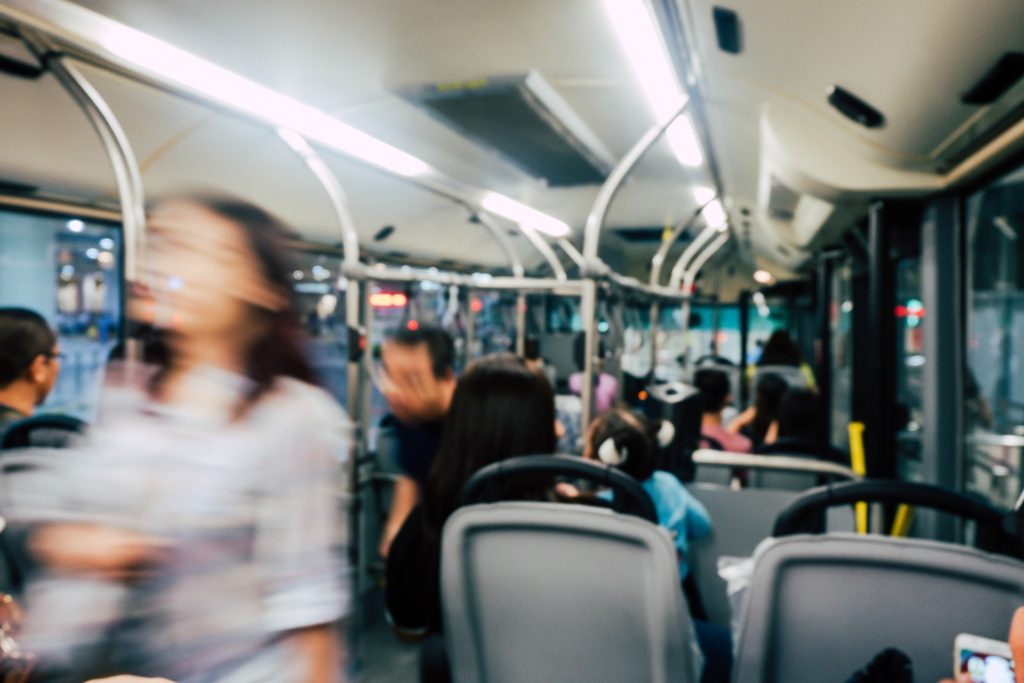 Travel
Travel
Billions of people around the world rely on mass transit to arrive at their respective destinations. Every single day, people take trains, buses, cabs, jeepneys and tuktuks, and other modes of transportation to go to work or school, restaurants and bars, malls, parks, or home. Without a doubt, public transportation is necessary for society to operate.
Yet, not all public transport systems have effectively served the people. Globally, many people still do not have access to safe, efficient, reliable, and comfortable modes of transit. Populations in major cities particularly spend more time commuting due to severe traffic congestion. For instance, commuters in Bogota, Colombia had to endure 191 hours of traffic every year — the highest level of traffic congestion in the world.
When public transportation cannot be trusted, the lives of people are severely affected. They arrive late to work or school, decreasing productivity. They experience high levels of stress regularly. Moreover, they lose opportunities to spend time with loved ones, pursue a hobby, or work on self-improvement.
Incorporate Technology Use
Cities that still do not take advantage of technology to improve public transportation are missing out. Technology has the capability to make the life of a commuter so much easier.
In Singapore, which has one of the best transport systems in the world, commuters already use apps to track information about modes of transit. SMRT has an app that can be used to find out the arrival times of trains and buses. Ever since current SMRT Chairman Seah Moon Ming took over, the city-state’s major public transport operator has been steadily integrating technology to improve service. The organization recently adopted the use of predictive technology to further boost reliability.
In South Korea, Seoul has invested in technology that will enable it to become a smart city. Wi-Fi was installed in public areas, including city buses. Thousands of IoT (internet of things) sensors will be installed all over the city with the goal of monitoring population and traffic movement. This guarantees that residents of the highly connected city can access relevant information that can impact their day-to-day commute.
Improve Safety
The COVID-19 pandemic highlighted the risks that commuters face every day when they use mass transit. Multiple people packed in one vehicle creates the perfect opportunity for disease-causing germs to spread from person to person.
One recent survey conducted by global management consulting firm Oliver Wyman found that more than half of all commuters would feel uncomfortable using buses and trains because of the pandemic. Around 41 percent of those who use mass transit regularly said that they would use it less frequently.
There is a necessity for governments to improve the safety of commuters when using the public transport system.
Operators must enforce basic hygiene measures such as mask-wearing. Vehicles should also regularly be sanitized, especially high-traffic surfaces such as poles and armrests.
For air-conditioned vehicles, ventilation should be improved. In some cities, operators installed window vents to allow natural air in and stale air out.
Perhaps, the most important measure that should be adopted is crowd control. A packed vehicle increases the risk of transmission because there is little space for physical distancing. Operators should monitor the number of passengers and, as much as possible, prevent crowding.

Reduce Emissions
Taking the public transport system is considered to be a more environmentally-friendly alternative to driving a private vehicle. However, it still contributes to climate change
Moreover, diesel buses and cabs also create air pollution.
Now that people are more aware of climate change and its consequences, they want options that can reduce their carbon footprint. In fact, in a previous survey conducted in South Korea, commuters revealed that they are willing to pay more for zero-emission buses.
Another survey, this time from Hamburg, revealed that almost all commuters were “very satisfied” with using zero-emission buses. For comparison, only 52 percent of commuters had the same satisfactory experience taking conventional buses. The commuters liked the quiet and smooth operations of zero-emission buses. They are also happy that they are helping mitigate climate change by taking eco-friendly mass transit.
Keep Vehicles Moving
Road traffic congestion is a serious problem in many urban areas, and it negatively affects the experience of commuters. While it is nearly impossible to completely eliminate congestion, governments can lessen it and prevent it from further becoming worse.
First, cities must constantly monitor the flow of traffic. That way, they can immediately spot and respond to any incidents that slow down vehicles.
Cities can also add more high occupancy vehicle (HOV) lanes. Merely converting existing lanes to HOV would only reduce road capacity. Building HOV lanes, however, creates more space on the road.
In addition, governments should encourage flexible working setups to lower the number of people who need to use the road to travel to and from the office, especially during peak hours.
The public transport system provides mobilization to the population and boosts the economy. However, it should be efficient to serve its purpose. Cities around the world can improve public transport by following these tips.

